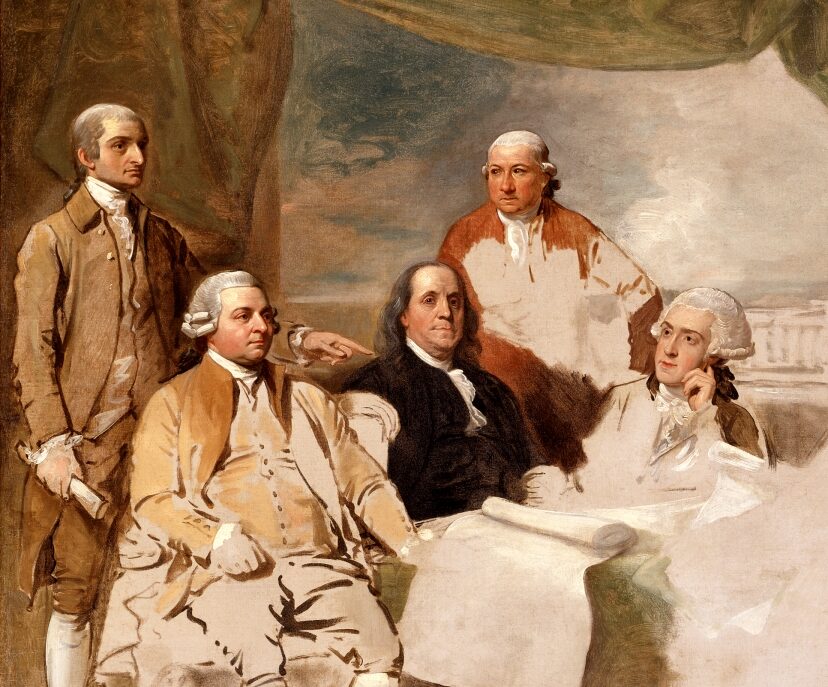“[Charles Evans] Hughes handled the [Washington naval] conference with consummate skill. He prepared with utmost care, mastering the technicalities of complex weapons systems without getting bogged down in detail. He kept U.S. naval officers on board without letting them take control. Avoiding Wilson’s mistakes, he made Massachusetts senator Henry Cabot Lodge part of the solution, thus preventing him from again becoming the problem. he developed a full-fledged plan for sizeable reductions in the tonnage of battleships, the ultimate weapon of the era, and kept his proposals secret until the conference opened. On November 11, 1921, Armistice Day, the delegates attended a moving ceremony at Arlington National Cemetery. The following day, in what journalist William Allen White called ‘the most intensely dramatic moment I have ever witnessed,’ Hughes unveiled his plan in what became known as his ‘bombshell speech’ before a stunned audience at Washington’s Constitution Hall. Addressing a packed house including prime ministers, admirals, the entire U.S. Congress, and some four hundred journalists from across the world, he insisted that the competition in armaments ‘must stop!’ He proceeded to call for the scrapping of sixty-six ships, including four British super-dreadnoughts authorized but not yet under construction and a Japanese battleship, the Mutsu, built in part with collections from schoolchildren. ‘Hughes sank in thirty-five minutes more ships than all of the admirals in the world have sunk in a cycle of centuries,’ an admiring journalist wrote.” –George Herring, From Colony to Superpower, pp. 453-54
Discussion Questions
- If Secretary of State Hughes’s performance at the Washington Naval Conference of 1921 was so masterly and dramatic, why has this episode become so obscure?
- How does the story of naval disarmament on the Pacific during the 1920s illustrate what Herring calls the growing pattern of US “involvement without commitment” during the interwar period?

Leave a Reply